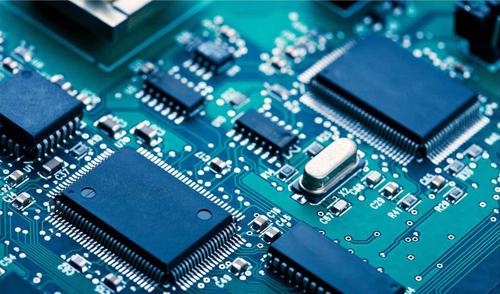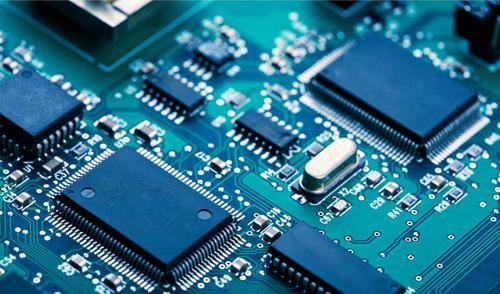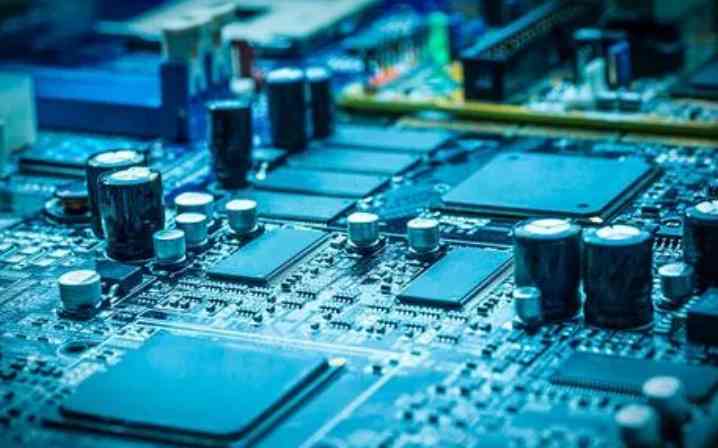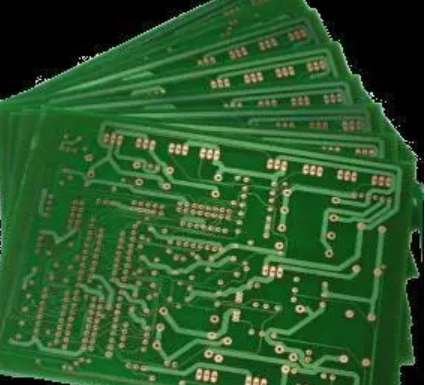
Speaking of flexible circuit board, many friends are very strange, do not know what this is, Flexible circuit board is also called FPC circuit board, is in recent years only emerging technology, mainly used in some sophisticated products, mobile phones, computers, digital cameras, generally will use flexible circuit board, relative to the general circuit board, flexible circuit boards have great advantages, light weight, and can bend, today to introduce the composition of flexible circuit boards.
Flexible circuit board material a: insulation substrate
The insulating substrate is a flexible insulating film. As the insulation carrier of circuit board, the selection of flexible dielectric film requires a comprehensive investigation of the heat resistance, coating properties, thickness, mechanical properties and electrical properties of the material. Now commonly used in engineering are polyimide (PI) film, polyester (PET) film and polytetrafluoroethylene (PTFE) film.
Flexible circuit board material two: bonding sheet
The purpose of the adhesive sheet is to bond the film to the metal foil, or bond the film to the film (covering film). Different types of adhesive sheets can be used for different film substrates, such as polyester adhesive sheets and polyimide adhesive sheets are not the same, polyimide substrate adhesive sheets have epoxy and acrylic. The fluidity of the material and its thermal expansion coefficient are investigated when selecting the adhesive sheet. There is also no adhesive sheet polyimide coated copper foil plate, chemical resistance and electrical properties are better.

Due to the low glass transition temperature of acrylic adhesive sheet, a large number of stains generated in the drilling process is not easy to remove, affecting the quality of metallized holes, and other unsatisfactory bonding materials, so, multilayer flexible circuit board interlayer bonding sheet commonly used polyimide material, because with polyimide substrate, its CTE (coefficient of thermal expansion) is consistent, The problem of dimensional instability in multilayer flexible circuit is overcome, and other properties are satisfactory.
Flexible circuit board board material three: copper foil
Copper foil is covered with a conductor layer bonded to an insulating substrate, which is then selectively etched to form a guide wire. The vast majority of this copper foil is calendered copper foil or electrolytic copper foil. The ductility and bending resistance of calendered copper foil are better than those of electrolytic copper foil. The elongation of calendered copper foil is 20% ~ 45%, and that of electrolytic copper foil is 4% ~ 40%. Copper foil thickness is most commonly 35um (1oz), but can be as thin as 18um (O.5oz) or as thick as 70um (2oz) or even 105um (30z).
Electrolytic copper foil is formed by electroplating, and its copper particle crystal state is vertical needle, easy to form vertical line edge during etching, which is conducive to the production of precision lines; However, when the bending radius is less than 5mm or dynamic deflection, the needle structure is easy to fracture. Therefore, the substrate of flexible circuit is mainly calendered copper foil, whose copper particles have horizontal axial structure, which can adapt to multiple winding.
Flexible circuit board material four: covering layer
Overlay layer is an insulating protective layer covering the surface of the flexible circuit board to protect the surface wire and increase the strength of the substrate. The outer graphic protection material, there are generally two types to choose from. The first type is the dry film type (covering film), the use of polyimide material, without adhesive directly with the etched circuit board to protect in the way of laminating. The covering film requires preforming before pressing, exposing the part to be welded, so it cannot meet the requirements of finer assembly.
The second type is photosensitive development. The first type of photographic development is to expose the welding part in the way of photographic development after the dry film is covered by the film sticking machine, which solves the problem of high-density assembly; The second is liquid screen printing type covering material, commonly used thermosetting polyimide material, and sensitive development type flexible circuit board welding ink.
This kind of material can better meet the requirements of flexible plate with fine spacing and high density assembly.
Flexible circuit board material five: reinforcement board
The reinforcement plate is bonded to the local position of the flexible plate, which strengthens the flexible film substrate and facilitates the connection, fixing or other functions of the printed circuit board. Reinforced plate material according to the different use and sample selection, commonly used polyester, polyimide sheet, epoxy glass fiber cloth board, phenolic paper board or steel plate, aluminum plate, etc.
Flexible circuit board production requirements of the process is very high, in China, there are few manufacturers of this kind of flexible circuit board, in a few years ago, before the invention of flexible circuit board, often used is a rigid circuit board, that is, we often say coil line, used for a long time is often bad, now mobile phone with flexible circuit board, mobile phone will not appear before the problem, This is also the biggest advantage of flexible circuit boards, but also in the future a technology industry to upgrade an important sign.






